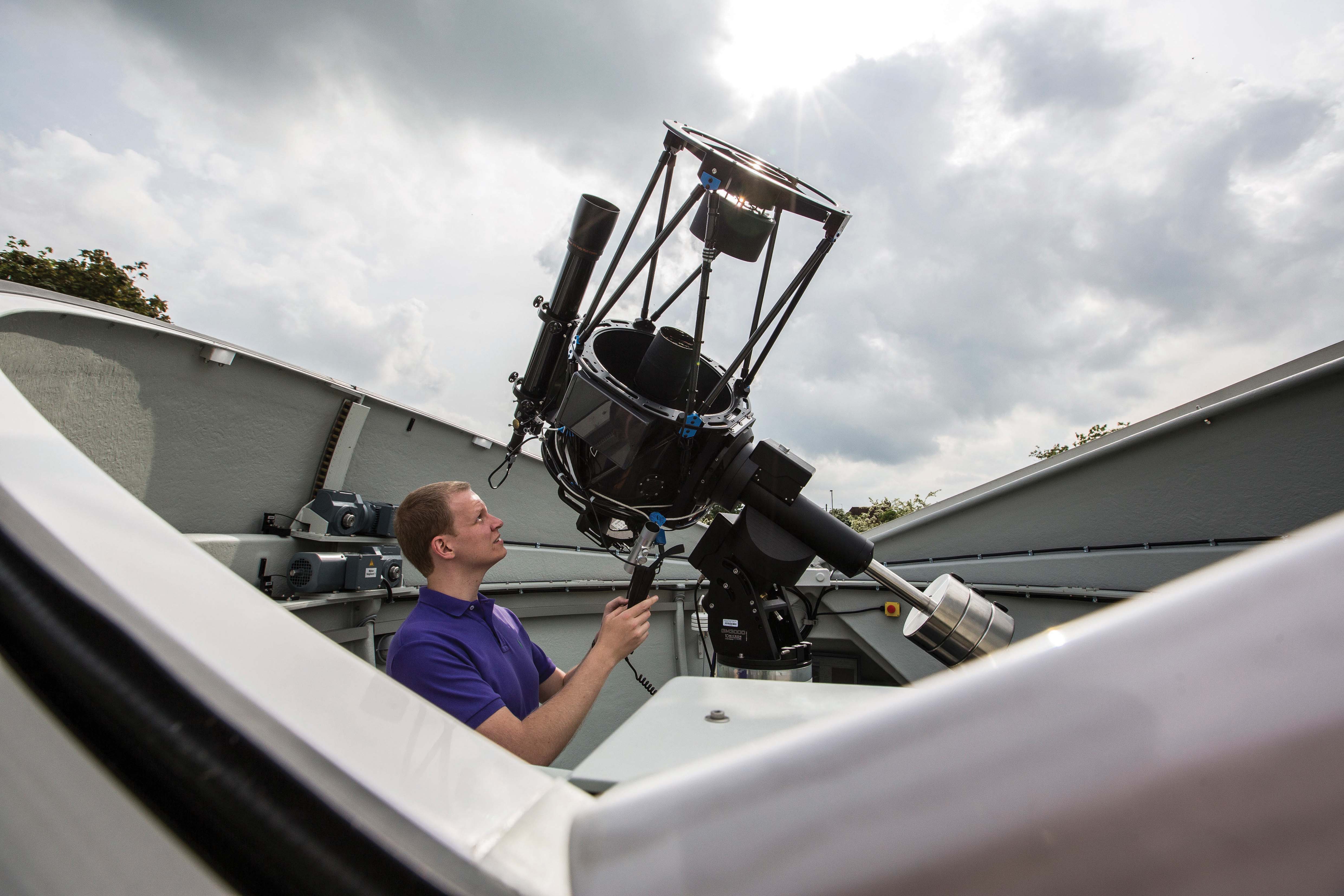Fortunately most impactors in space are small, micron sized is typical, mm size less so, and cm size very rare. But large impacts have occurred in the past (witness our scared Moon) and still occur at irregular intervals.
At Kent laboratory studies of hypervelocity impact processes use a two stage light gas gun (see Burchell et al. Measurement Science Technology vol. 10, pages 41-50, 1999 for a description of our gun) to fire projectiles (35mm to 3 mm) at between 1 to 7.5kms-1. Targets have included: rocks, metals and ices.
Ices
The role of ice in the Solar System is of interest to members of the group. At present research has focussed on hypervelocity impact processes in ice, including studies of oblique impacts, velocity dependence of impacts, dependence on projectile size and density etc.
In addition to water ice, work has been carried out using CO2 ice. Members of the group are interested in extending these studies to a wider range of ices representative of Solar System ices.
Crater Morphology
Current work focusses on the variation of crater morphology (diameter, depth, volume and depth/diameter) with different projectile densities, keeping the speed of the projectile constant. Using the two-stage light gas gun at the university, projectiles of different densities are fired at ~5kms-1toward water ice targets. The targets are made over a period of days so that they are of a particular standard, in order to represent the water ices found in the solar system and commonly found in the outer solar system moons. Here is an example of a typical crater in an ice target, which had and average diameter ~77mm, depth ~14.34mm and volume ~12.04cm-3.
Particular interest has been shown in oblique impacts. In addition, although the projectiles are normally vaporised in such impacts, work is done here at Kent using under-dense aerogel targets to capture particles relatively intact. Recent successes have included studies of oblique impacts and studies of the captured particles themselves using Raman scattering techniques.
Contact Prof. Mark Burchell at M.J.Burchell@kent.ac.uk for further details of this work or if you wish to propose new collaborations on any of these topics.
